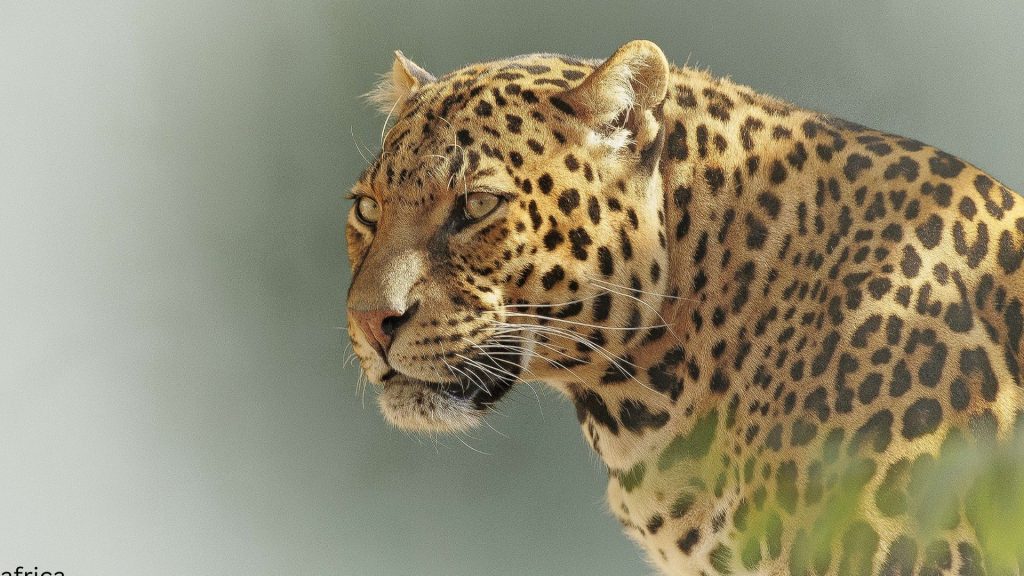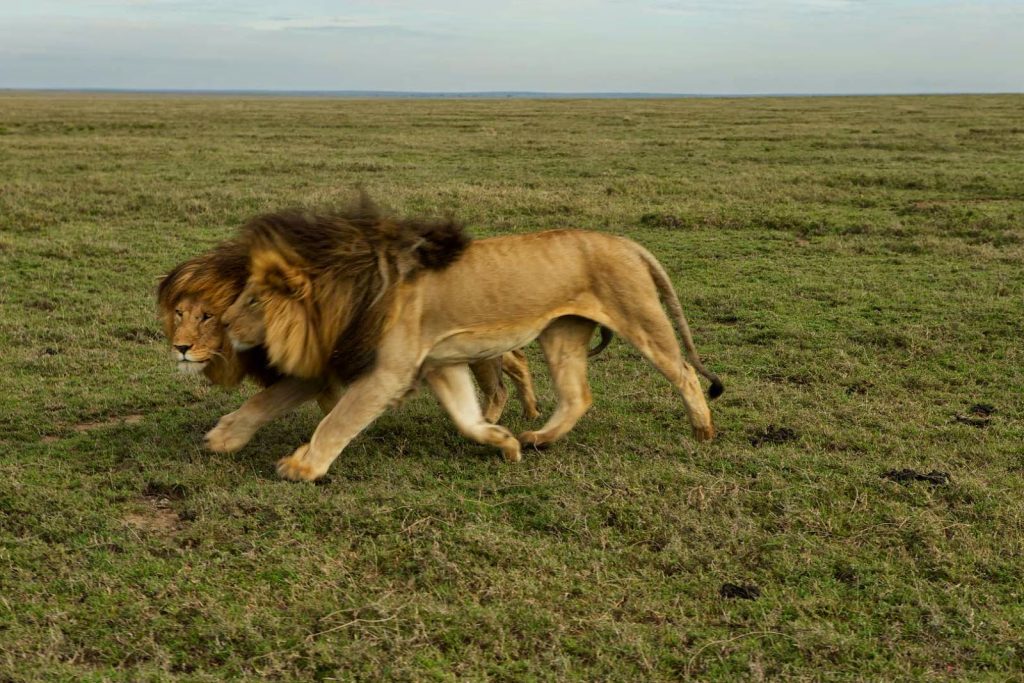Great Wildebeest Migration Interesting Facts
Home » Great Wildebeest Migration Interesting Facts
Great Wildebeest Migration Interesting Facts
Here you will find 10 Great wildebeest migration facts that you did not know that existed
- Over 1.35 million western white-bearded wildebeest eat about 4,800 tons of grass per day.
- Over 250,000 calves are born each year with four-fifths being born within a short calving period of just a few weeks on the short grass plains period of just a few weeks on the short grass plains mid-February (8000-12000 births per day) and about 70,000 of these calves will die each year as result of predation, drowning, separation from mother, etc. Overall about half of them will survive adulthood.
- The calves are mobile within 3-7 minutes and can keep up with the herd soon thereafter.
- Around 300,000 female wildebeest become pregnant in less than a month during the rut when bulls aggressively compete with each other and can be seen actively protecting temporary territories.
- The short grass plains between Nabi Gate and Ngorongoro highlands where wildebeest prefer to calve are highly nutritious as a result of the volcanic ash that fell in the area thousands of years ago, These grasses take up calcium, sodium, nitrogen, and phosphorous from the shallow soil which is valuable for the pregnant and later lactating cows.
- The Serengeti-Mara-Ngorongoro Ecosystem relies on the annual migration of about 1.6 million animals(wildebeest and Zebra) to sustain its integrity and keep it healthy. The wildebeest is what is known as a “keystone species” as it shapes the environment in which it lives consumption of over 1.7 million tons of Grass each year, opens up large tracts of pasture for other species such as Zebra, hartebeest, and gazelle’s, in other words, they are important “cog” in the mechanism which makes the Serengeti’s grassland’s so diverse and productive.
- 3500 tons of dung is deposited in the ecosystem each day by the migration alone (about 70 train carriage loads per day!), providing valuable nourishment for the vegetation and food for about 100 different species of dung beetles.
- The Mara River is the only source of water in the Serengeti that can sustain the great migration in the dry season, and if the river dries up as a result of dams and deforestation upstream it will be a huge disaster in which about 500,000 wildebeest would likely die in the first year).
- Over 8000 Wildebeest Calves are Born every day, The Ndutu – Serengeti South region tends to be filled with millions of wild animals including the big cats. From January to March every year, the wildebeest calves give birth to 8000 calves who later will migrate up north in Serengeti and Masai Mara.
- 70% of the Great Wildebeest Migration Happens in Tanzania, While the Wildebeest River crossing to and from Masai Mara Reserve from August–to October is the most famous stage of the migration, Wildebeests spend nine months grazing and migrating through Tanzania and around 2-to 3 months on the Kenyan side



